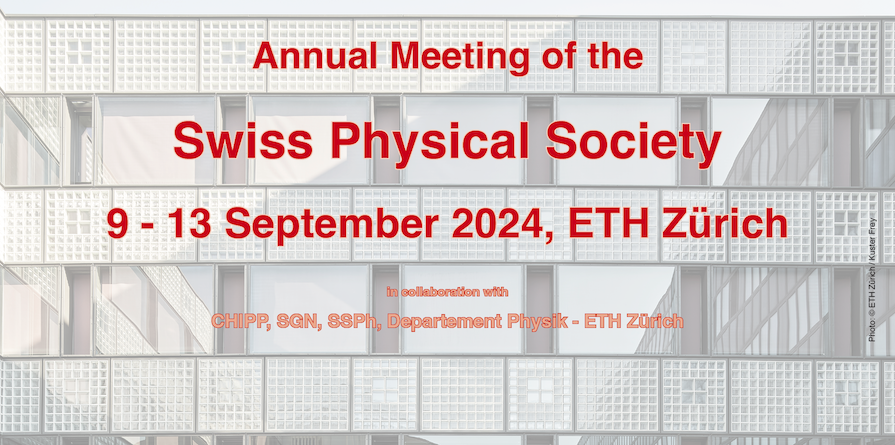Speaker
Description
In this work we present a data-driven machine learning approach to extract and analyze the progenitor properties of individual gravitational-wave sources. Our method combines the likelihood generated from the gravitational-wave signal and models the posterior distributions to describe the population of stellar binaries and the universe’s star formation by employing a cutting-edge simulation-based inference method called flow matching. The training data come from the state-of-the-art, gravitational-wave progenitor population synthesis code POSYDON. This approach allows us to perform efficient yet robust inference on binary evolution with varying conditions observed from different gravitational waves and provides a more accurate quantitative description of the progenitors relevant to each potential formation channel.
